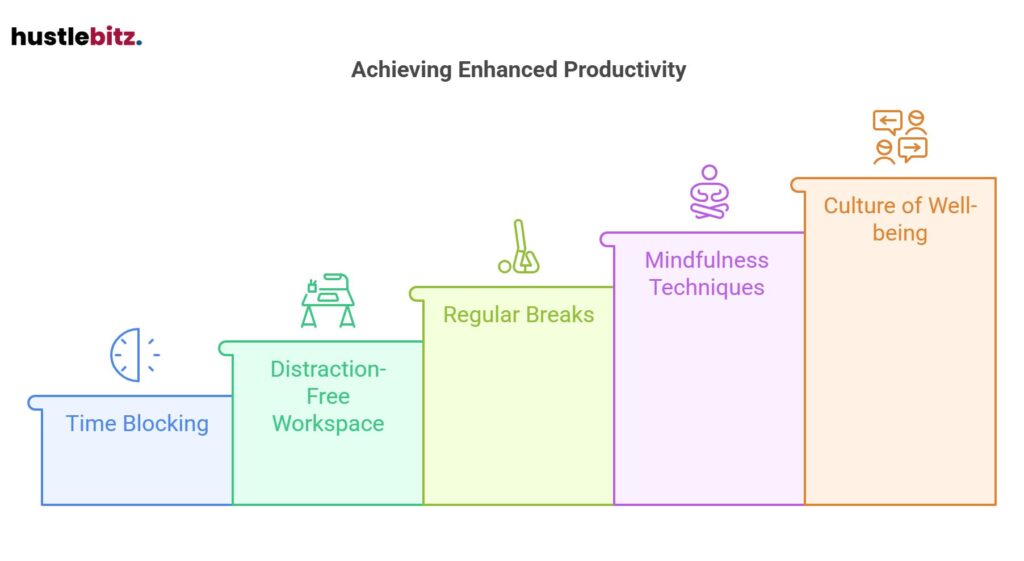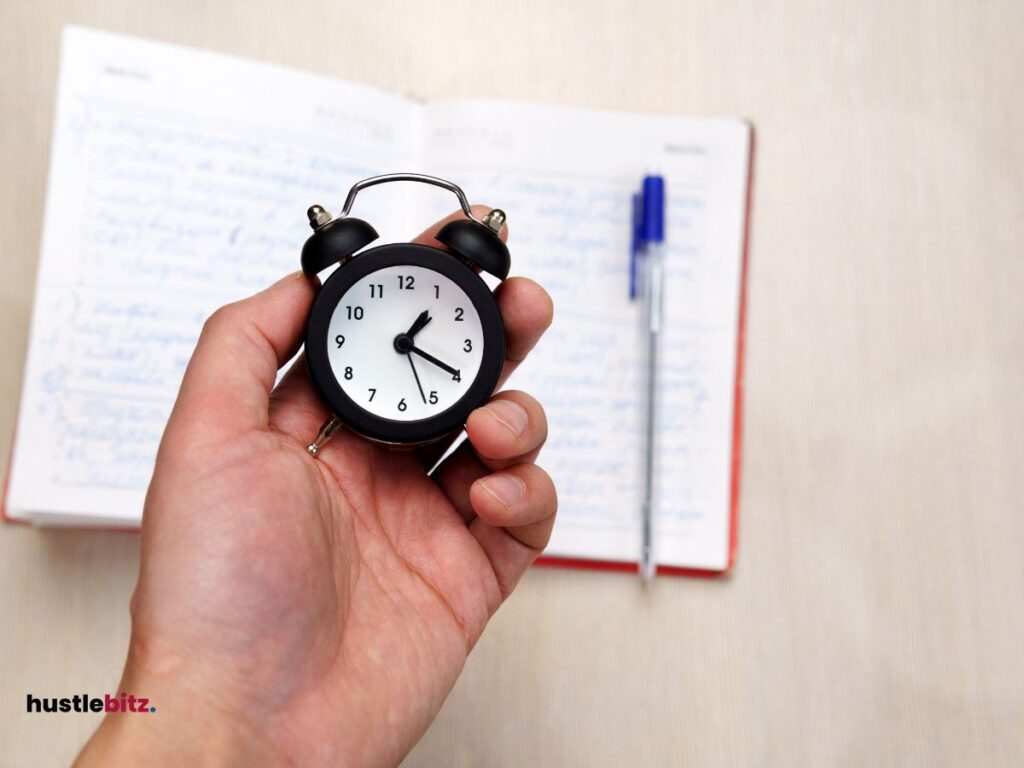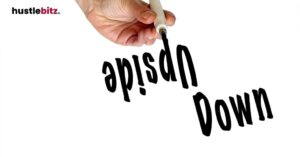Effective distraction management is crucial for boosting productivity in the workplace. Key techniques include creating a distraction-free workspace, employing time-blocking to structure your day, and scheduling regular breaks to maintain energy levels. Implementing mindfulness practices can enhance focus and reduce stress, while minimizing digital interruptions will improve mental clarity. Additionally, promoting a culture of well-being through mindful reflection and engagement with nature fosters a more productive environment. By integrating these strategies, individuals and teams can better navigate distractions and enhance overall performance. Discover additional methods to refine your approach to productivity and focus.
Key Takeaways
- Implement time blocking to allocate specific focus intervals for key tasks, enhancing concentration and productivity.
- Create a distraction-free workspace by controlling noise and decluttering visual stimuli to improve focus.
- Schedule regular breaks to prevent burnout and maintain energy levels, incorporating physical movement or mindfulness practices.
- Utilize mindfulness techniques, such as meditation and breathing exercises, to reduce stress and enhance mental clarity.
- Foster a culture of well-being that prioritizes mental recharge, leading to improved team cohesion and overall productivity.

Impact of Distractions on Workplace Productivity

How do distractions in the workplace undermine productivity and hinder team performance?
Distractions come in various forms, including auditory interruptions, visual stimuli, and digital notifications, each contributing to significant productivity loss. These distraction types can lead to cognitive overload, where the brain struggles to process information effectively, diminishing overall output.
Multitasking effects further complicate the issue, as employees often juggle multiple tasks simultaneously, leading to decreased attention span and poorer quality of work. Task switching, a common response to distractions, requires mental energy and time, often resulting in increased mental fatigue that negatively impacts both individual performance and team dynamics.
The workplace environment plays a crucial role in shaping distraction levels. Open office layouts, for instance, may enhance collaboration but can also amplify interruptions, pushing employees towards ineffective focus strategies. The emotional impact of constant distractions can create stress and frustration, leading to a decline in morale and overall team cohesion.
As teams struggle to maintain focus amidst these challenges, the consequences become evident—lower productivity and reduced job satisfaction. Employees may find themselves trapped in a cycle of distraction and fatigue, ultimately hindering their ability to contribute effectively.
Recognizing the profound effects of distractions is essential for organizations aiming to foster a more productive and engaged workforce, paving the way for the implementation of effective distraction management techniques that can help mitigate these challenges.
Identifying Common Workplace Distractions and Their Causes

Numerous workplace distractions, including excessive noise, digital interruptions, and interpersonal conflicts, significantly disrupt employees’ focus and productivity. Understanding the common causes of these distractions is essential for creating a more conducive work environment.
| Distraction Type | Causes |
| Workplace Noise | Open office layout, conversation volume |
| Digital Interruptions | Social media, email notifications |
| Personal Distractions | Emotional stress, personal issues |
| Meeting Fatigue | Excessive meetings, lack of agenda |
Workplace noise, particularly in open office layouts, can lead to decreased concentration and increased task switching effects. Employees often find it difficult to focus amidst background chatter or ringing phones. Digital interruptions, especially from social media and persistent email notifications, exacerbate technology overload, pulling attention away from critical tasks.
Moreover, personal distractions often stem from emotional stress or external personal issues, which can hinder productivity. The multitasking myths prevalent in many workplaces further complicate matters, as employees believe they can efficiently juggle multiple tasks when, in reality, this leads to diminished focus and increased errors.
Time Blocking: Structuring Your Day for Maximum Focus

Time blocking is an effective strategy that allows individuals to allocate specific periods for focused work, thereby enhancing productivity and minimizing distractions throughout the day.
By structuring the day into distinct time intervals, individuals can establish a rhythm that aligns with their energy levels and work preferences, leading to improved task prioritization and goal alignment.
To implement time blocking successfully, consider the following steps:
- Identify Key Tasks: Begin by listing all tasks you need to accomplish. This aids in effective time allocation and ensures that important tasks receive the necessary focus intervals.
- Create Focus Intervals: Set dedicated blocks of time for each task. Aim for periods that match your productivity rhythms, allowing for sustained concentration without interruptions.
- Incorporate Schedule Flexibility: Recognize that routine adjustments may be necessary. Allow for short breaks to recharge and adapt the schedule as needed.
- Establish Planning Rituals: Develop rituals that signal the start and end of each work block, reinforcing focus and minimizing distractions. This could include organizing your workspace or setting a timer.
Digital Detox: Reducing Screen Time to Improve Mental Clarity
Amid the structured approach of time blocking, incorporating a digital detox can significantly enhance mental clarity and overall productivity by reducing the cognitive overload associated with excessive screen time. In today’s fast-paced world, the constant barrage of notifications and social media updates can create a fragmented attention span, hindering our ability to focus effectively.
To cultivate digital balance, individuals and teams can implement technology breaks throughout the day. These breaks allow for a reprieve from screens, fostering a rejuvenated mindset. Designating tech-free zones—areas where devices are not permitted—can further support focused environments conducive to deep work. This practice encourages individuals to engage in activities that promote mental clarity, such as reading, exercising, or even meditative practices, which can counteract the effects of digital distractions.
Effective device management is crucial in minimizing screen time. By consciously choosing when and how to engage with productivity tools, users can better allocate their attention. For instance, setting specific times to check emails or social media can prevent the habitual scrolling that often leads to cognitive overload.
Ultimately, a digital detox is not merely about reducing screen time; it is about reclaiming one’s focus and improving productivity. By intentionally limiting exposure to technology, individuals can create a healthier relationship with their devices, paving the way for enhanced mental clarity and a more productive work environment.
Creating a Distraction-Free Workspace for Optimal Efficiency
A distraction-free workspace is essential for maximizing efficiency and fostering a focused, productive environment. Thoughtful workspace design can significantly influence concentration and output. To cultivate such an environment, consider implementing the following strategies:
- Noise Control: Use sound-absorbing materials or white noise machines to mitigate auditory distractions. This creates a serene atmosphere conducive to deep work.
- Natural Lighting: Maximize exposure to natural light, which not only reduces eye strain but also enhances mood and energy levels. Position your workspace near windows when possible.
- Ergonomic Furniture: Invest in ergonomic furniture that supports proper posture. Comfortable chairs and desks can prevent fatigue and enhance focus, making it easier to work for extended periods.
- Decluttering Strategies: Regularly declutter your workspace to minimize visual distractions. Implement organizational systems that promote a tidy environment, ensuring that essential items are easily accessible while extraneous objects are removed from sight.
Incorporating elements of color psychology can also influence mood and productivity. Soft colors like blue and green can foster calmness, while brighter shades might energize the space.
Additionally, consider plant integration, which not only enhances aesthetics but also improves air quality and promotes well-being.
Lastly, effective technology management can prevent digital distractions, allowing for a more streamlined workflow.
Mindfulness Practices to Enhance Focus and Reduce Stress

Mindfulness practices serve as effective tools for enhancing focus and reducing stress, enabling individuals to cultivate a heightened sense of awareness and presence in their daily tasks.
Techniques such as mindfulness meditation encourage practitioners to observe their thoughts and feelings without judgment, fostering a calmer mindset that can significantly improve concentration. Breathing exercises further complement this by grounding individuals in the present moment, allowing for enhanced clarity and focus.
Incorporating focus techniques into daily routines, such as nature immersion, can also be beneficial. Spending time in natural settings has been shown to reduce stress and improve cognitive function. Additionally, guided imagery and visualization practices help individuals mentally rehearse tasks, enhancing performance and alleviating anxiety.
Gratitude journaling serves as a reflective practice, promoting positive thinking and emotional well-being, which can indirectly boost focus. Similarly, the body scan technique encourages awareness of physical sensations, helping to identify areas of tension that may distract from productivity.
Mindful eating promotes a deeper connection with food, encouraging individuals to savor each bite and reduce mindless consumption, which can lead to improved energy levels and better focus.
Encouraging Breaks and Rest Periods to Maintain High Energy Levels

Implementing regular breaks and rest periods is essential for sustaining high energy levels and enhancing overall productivity throughout the workday. Break scheduling is not merely a luxury; it is a necessity for maintaining productivity rhythms that align with our natural performance peaks.
By allowing time for mental recharge and active rest, individuals can significantly enhance their focus and creativity.
To optimize energy levels, consider integrating the following restorative activities into your daily routine:
- Scheduled Breaks: Designate specific times for short breaks, allowing for focused downtime to prevent burnout.
- Energy Boosters: Engage in quick physical exercises or stretching during breaks to invigorate both body and mind.
- Creative Pauses: Use breaks as an opportunity for brainstorming or engaging in creative tasks, promoting team wellness and collaboration.
- Mindful Reflection: Encourage team members to take a moment for mindfulness, enhancing their ability to return to tasks with renewed focus.
These strategies not only support mental recharge but also foster a culture of well-being within teams.
By prioritizing breaks, organizations can enhance productivity while ensuring employees remain energized and motivated.
Ultimately, promoting focused downtime through effective break scheduling can lead to increased performance and a more harmonious work environment.
Embracing these techniques is crucial for any professional seeking to enhance productivity and maintain high energy levels throughout their workday.
Final Thoughts
Managing distractions effectively is key to boosting productivity in any workplace. By implementing techniques such as time blocking, creating a distraction-free workspace, practicing mindfulness, and encouraging regular breaks, individuals and teams can enhance their focus and efficiency. Additionally, fostering a culture that values well-being and mental clarity can lead to sustained productivity and job satisfaction. Remember, productivity is not just about working harder but about working smarter by optimizing your environment and habits. Embrace these strategies, and you’ll see significant improvements in both individual and team performance.




